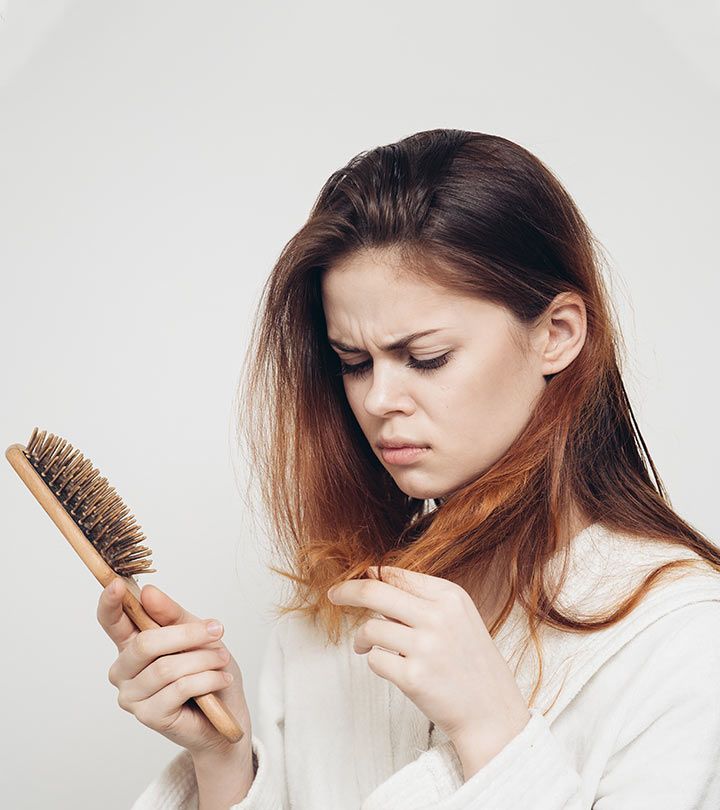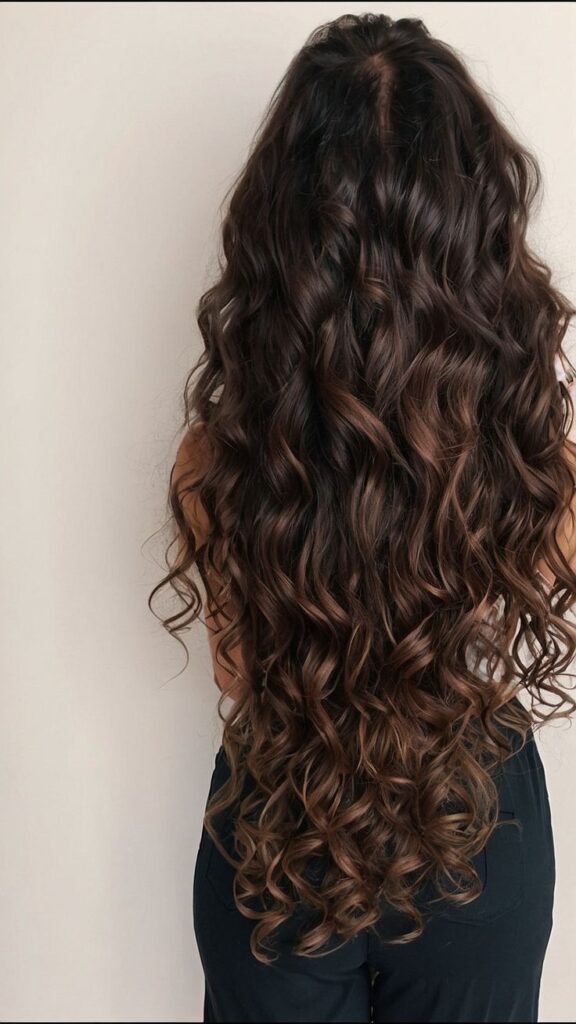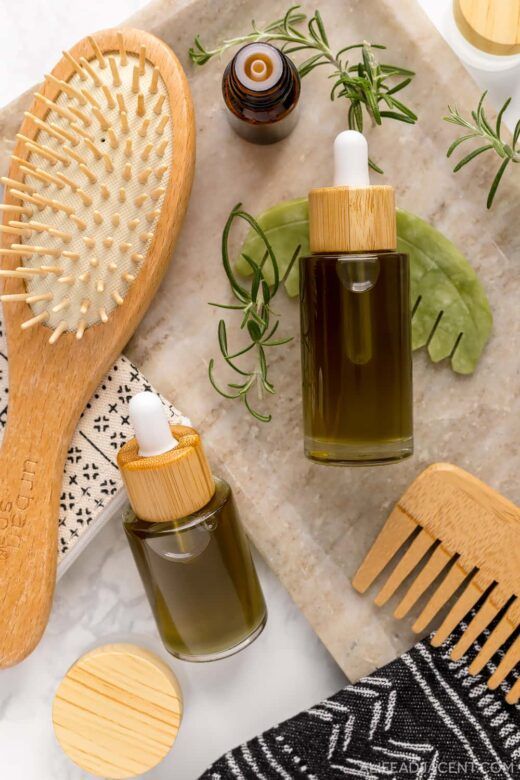Healthy, vibrant hair is a cornerstone of confidence and personal style. A consistent hair care routine tailored to your hair type can prevent damage, promote growth, and enhance shine. This guide outlines a step-by-step routine for women to maintain strong, healthy hair, along with tips for addressing common concerns and styling safely.
Why Healthy Hair Matters
Your hair reflects your overall health and self-care habits. Factors like stress, poor diet, or improper care can lead to dryness, breakage, or thinning. A dedicated routine not only improves hair appearance but also supports scalp health, which is crucial for growth. Whether your hair is curly, straight, fine, or thick, these steps will help you achieve your best hair yet.

Step-by-Step Hair Care Routine
Follow this comprehensive routine to keep your hair healthy and resilient:
1. Cleanse with the Right Shampoo
- Why: A clean scalp removes dirt, oil, and product buildup, creating an optimal environment for hair growth.
- How: Choose a sulfate-free shampoo suited to your hair type (e.g., hydrating for dry hair, volumizing for fine hair). Wash 2–3 times a week to avoid stripping natural oils. Massage gently into the scalp, rinse thoroughly, and avoid hot water to prevent dryness.
2. Condition for Moisture and Strength
- Why: Conditioner hydrates hair, reduces frizz, and protects against breakage.
- How: Apply a conditioner from mid-lengths to ends after shampooing, avoiding the scalp to prevent greasiness. Use a product with nourishing ingredients like argan oil or shea butter. Leave it on for 2–3 minutes before rinsing. For extra hydration, use a deep conditioning mask weekly.
3. Detangle Gently
- Why: Rough detangling can cause breakage and split ends, especially on wet hair, which is more fragile.
- How: Use a wide-tooth comb or detangling brush on wet hair with a leave-in conditioner to reduce friction. Start from the ends and work up to the roots to minimize pulling. For curly or coily hair, detangle in sections for better control.
4. Protect from Heat and Damage
- Why: Heat styling and environmental factors like UV rays or pollution can weaken hair over time.
- How: Apply a heat protectant spray before using tools like blow dryers or flat irons. Limit heat styling to 1–2 times a week and use the lowest effective temperature. Wear a hat or scarf outdoors to shield hair from sun and wind.
5. Nourish the Scalp
- Why: A healthy scalp promotes stronger hair growth and prevents issues like dandruff or itchiness.
- How: Massage your scalp with a lightweight oil (like jojoba or tea tree) 1–2 times a week to boost circulation and hydrate. Exfoliate monthly with a scalp scrub to remove buildup, but avoid over-scrubbing to prevent irritation.
6. Trim Regularly
- Why: Trimming removes split ends, preventing them from traveling up the hair shaft and causing further damage.
- How: Get a trim every 8–12 weeks, even if growing out your hair. Ask your stylist for a “dusting” (removing just ¼ inch) to maintain length while keeping ends healthy.
7. Support with Nutrition
- Why: Hair health starts from within, and deficiencies in key nutrients can lead to thinning or dullness.
- How: Eat a balanced diet rich in protein (eggs, fish), omega-3s (salmon, walnuts), and vitamins like biotin and zinc (nuts, leafy greens). Stay hydrated and consider a multivitamin if your diet lacks variety. Consult a doctor before starting supplements.
Addressing Common Hair Concerns
- Dryness: Use a hydrating mask weekly and avoid overwashing. Try overnight oil treatments with coconut or olive oil.
- Dandruff: Use an anti-dandruff shampoo with ingredients like salicylic acid or ketoconazole. Limit heavy oils that can worsen buildup.
- Hair Loss: Check for underlying causes like stress or hormonal changes. Use gentle products and consult a dermatologist for persistent thinning.
- Frizzy Hair: Apply a leave-in conditioner or anti-frizz serum after washing. Avoid brushing dry hair to prevent static.
Safe Styling Tips for Healthy Hair
Styling is a fun way to express yourself, but it must be done carefully to avoid damage:

- Low-Manipulation Styles: Opt for protective styles like braids, buns, or twists to reduce stress on hair, especially for curly or textured hair types.
- Quality Tools: Use ceramic or tourmaline-plated styling tools to minimize heat damage. Ensure tools are clean to avoid product buildup.
- Avoid Tight Styles: Ponytails or braids that pull tightly can cause breakage or traction alopecia. Loosen up styles and alternate them regularly.
- Sleep Smart: Use a silk or satin pillowcase to reduce friction while sleeping. For long hair, loosely braid it to prevent tangling.
Recommended Hair Care Products

- Shampoo: Briogeo Don’t Despair, Repair! (sulfate-free, nourishing for all hair types).
- Conditioner: Olaplex No. 5 Bond Maintenance (repairs damaged hair bonds).
- Leave-In: SheaMoisture Manuka Honey & Mafura Oil Spray (hydrates and detangles).
- Heat Protectant: Tresemmé Thermal Creations Heat Tamer Spray (affordable and effective).
- Scalp Oil: The Ordinary 100% Organic Cold-Pressed Moroccan Argan Oil (lightweight and versatile).
Pro Tip: Look for products free of parabens, sulfates, and silicones for healthier hair over time.
Common Hair Care Mistakes to Avoid
- Overwashing: Washing too often strips natural oils, leading to dryness. Stick to 2–3 times weekly.
- Skipping Conditioner: Even oily hair needs hydration to prevent brittle ends.
- Using Dirty Tools: Clean brushes and combs weekly to avoid transferring oil and dirt back to hair.
- Ignoring Scalp Health: A flaky or oily scalp can stunt hair growth. Address issues promptly with targeted products.

Leave a Reply